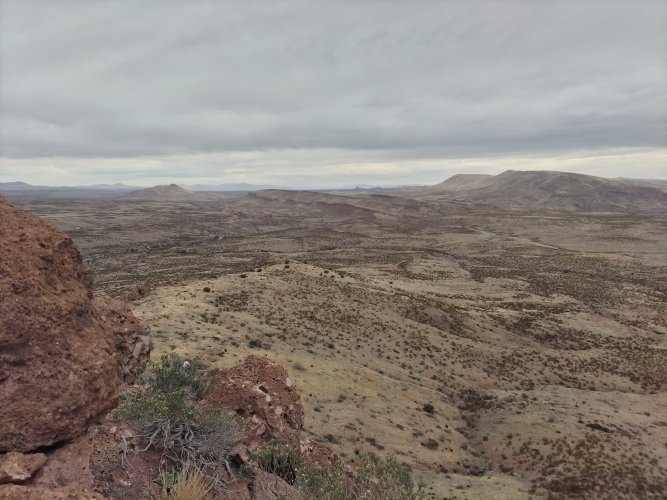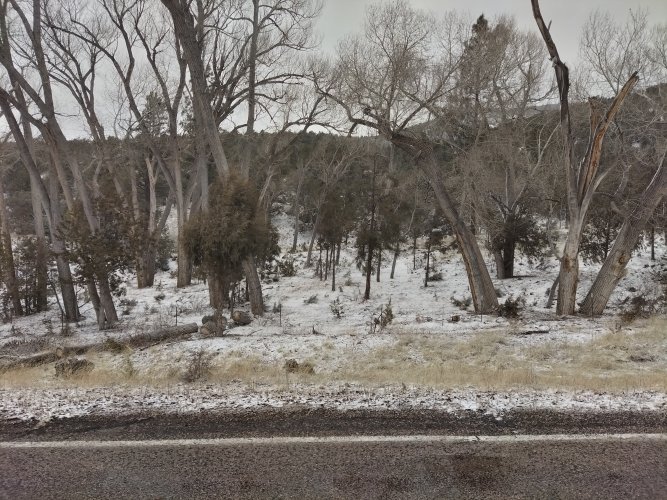Sitkahoyt95
Member
- Joined
- Sep 3, 2021
- Messages
- 49
Hello all,
I am just looking to get some tips on areas to check out for javelina. I live in Las Cruces NM and have explored the southern portion of unit 21B. I have an OTC tag so just looking for help.
Thanks in advance
I am just looking to get some tips on areas to check out for javelina. I live in Las Cruces NM and have explored the southern portion of unit 21B. I have an OTC tag so just looking for help.
Thanks in advance






